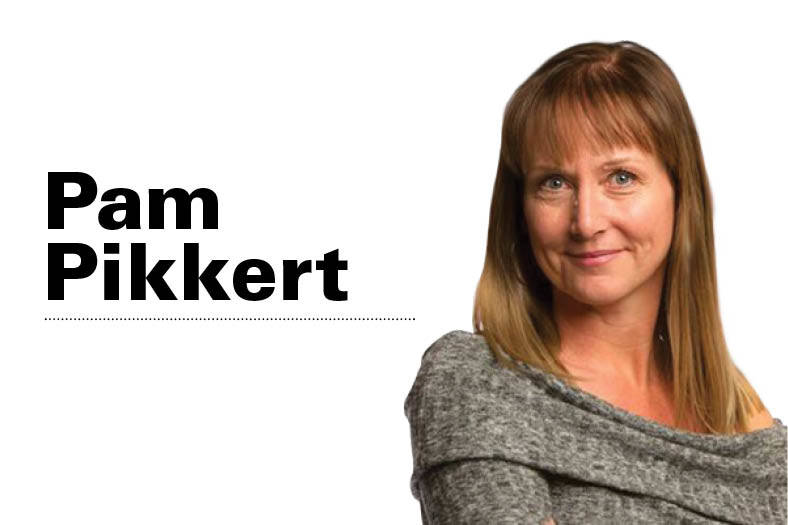I will start by saying that if you are hoping to find a 100% fool proof way to know if you should lock in your variable rate, you will NOT find it here.
I am a mortgage professional and not a fortune teller so this information should not be taken as a 100% guarantee of what is right for you. What you will find is some useful information which will allow you to decide what the best course of action is for your situation.
How are interest rates determined?
There are two main types of interest rates; fixed and variable.
Fixed rates are set by the bond market while variable are based on what the Bank of Canada is up to. All mortgages must now qualify at the same stress test rate which gives everyone the ability to choose the mortgage they actually want.
Variable – the Bank of Canada meets four times each year on set dates. They use their expertise to assess the Canadian economy to see if they need to adjust the benchmark rate.
This interest rate is lowered when the economy is in need of stimulus and raised when we are in a stronger position. Normally it is moved in .25% increments. Your variable rate will be set at the time you accept the mortgage and will be based on an ongoing discount or premium from the prime lending rate.
Currently, most financial institutions have the prime rate set at 3.45%.
From there you will have been offered a prime-/+ which will increase or decrease as the prime rate does. The idea of a rate fluctuation can be hard to stomach for some people but it is important to keep in mind that .25% does not cause a huge increase to the payment.
For example. A $300,000 mortgage with a rate of prime – 1% would have a payment of $1,336.96/month.
If the prime rate goes up by .25% the payment goes up to $1,373.96. That is only an increase of $37.56/month which is tolerable within most budgets.
Fixed rates. Fixed mortgage rates are influenced by the yield on Canadian government bonds of corresponding maturity. This is because bond rates represent the benchmark for financial institutions’ cost of funds.
Choosing a fixed rate will guarantee your mortgage rate for the term you choose.
When we do a 25-year look back we can see that the variable rate has almost always been below the fixed rate.
That means it can make it a very good choice if you are looking at the long haul and able to weather the fluctuation.
Ideally, you would choose the variable rate but set the payments at the higher fixed rate.
The spread between the fixed and the variable payment will become extra payments which go straight onto the principle. This is a great way to cut down on your mortgage.
So back to the question at hand, should you lock in your variable rate?
Economists have been telling us that we should expect the fixed rate to climb substantially by the end of the year.
A variable rate mortgage can be locked in at any time to the best fixed rates of that day. If the rates have climbed by the time you lock in you may regret waiting.
The long and the short of it is this. If you are wanting to lock in, given what the economists are saying about the rates climbing then the time for serious consideration is now.
If however you can tolerate the fluctuations and have set the payments higher to leverage the accelerated payment; then consider staying the course in the variable.
Pam Pikkert is a mortgage broker with Mortgage Alliance – Regional Mortgage Group in Red Deer.



